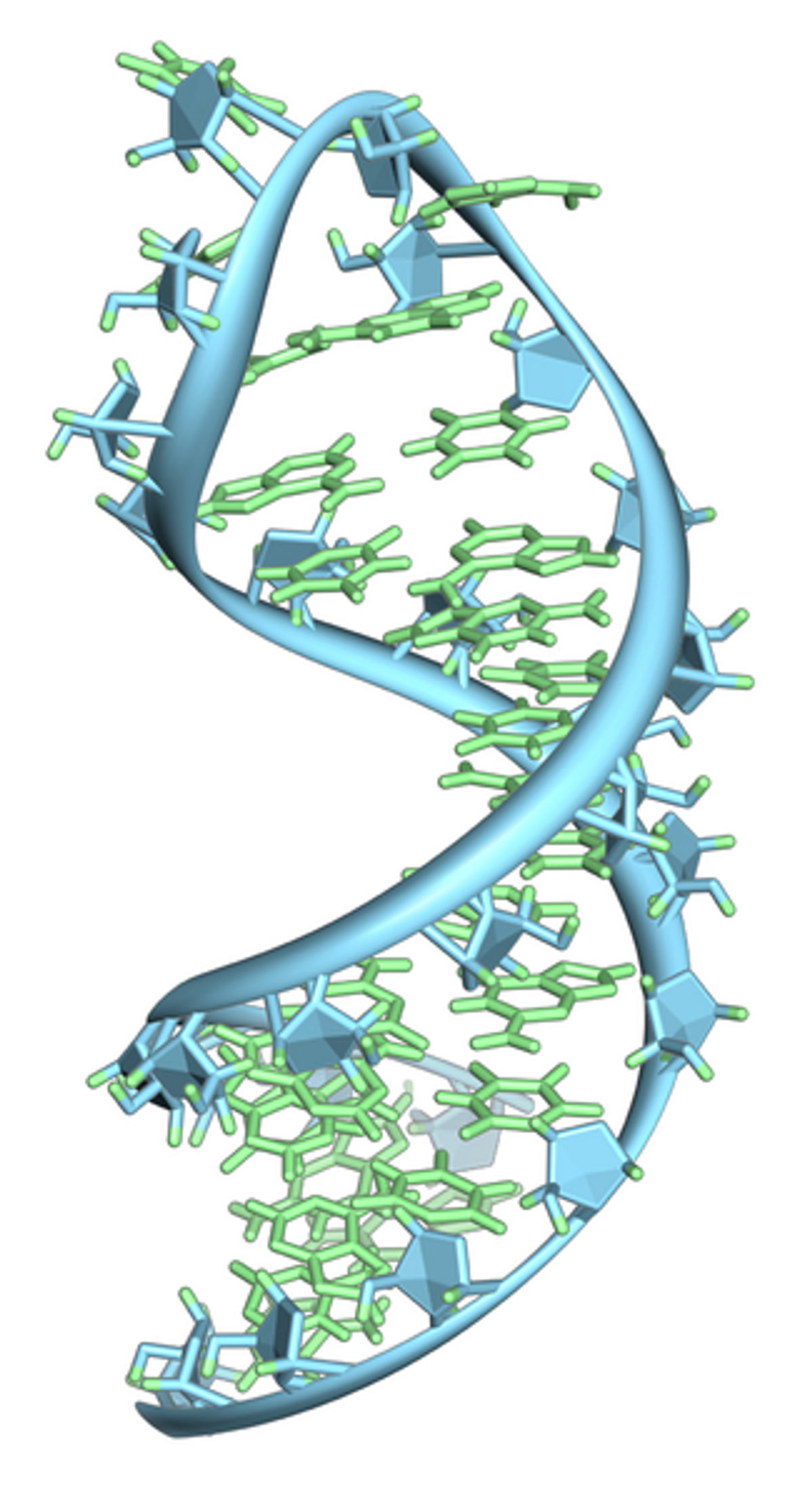The field of so-called RNA nanotechnology has been around for awhile, but it has had difficulty advancing as much as DNA nanotechnology despite its more flexible capabilities because of an enzyme known as RNase that eats RNA within minutes, making it extremely difficult to build anything with RNA without it being cut up into pieces in short order
Guo and his team focused their research on the ribose rings that along with alternating phosphate groups make up the backbone of RNA. By replacing one of the rings the researchers made it so the RNase could not attach itself to the RNA.
The advantages of RNA over DNA in bottom-up fabrication are that it can be manipulated like DNA “while possessing noncanonical base-pairing, versatile function, and catalytic activity similar to proteins.”
The Foresight Institute’s blog Nanodot has excellent coverage of this development that was written by Jim Lewis, who, according to his article, has spent most of his research career working with RNA.
Guo will be using the RNA in “gearing a powerful nanomotor that packages viral DNA into the protein shells of a bacterial virus named phi29.”
Lewis’ closing sentence in his Foresight report sums it up eloquently: “It will be interesting to watch over the next several years if this variety of 3D structures leads to useful structures and devices for the development of molecular machine systems and ultimately productive nanosystems.”
Dexter Johnson is a contributing editor at IEEE Spectrum, with a focus on nanotechnology.




